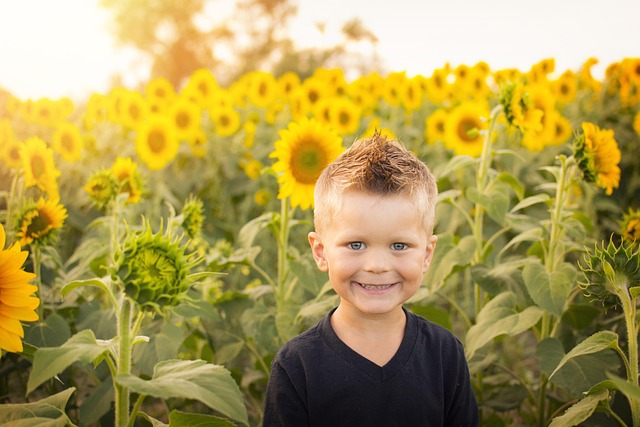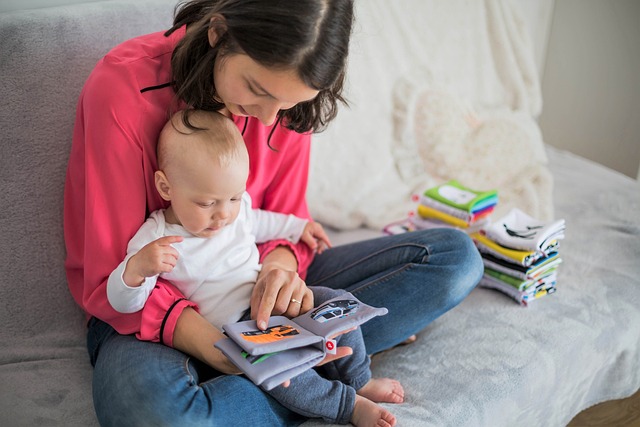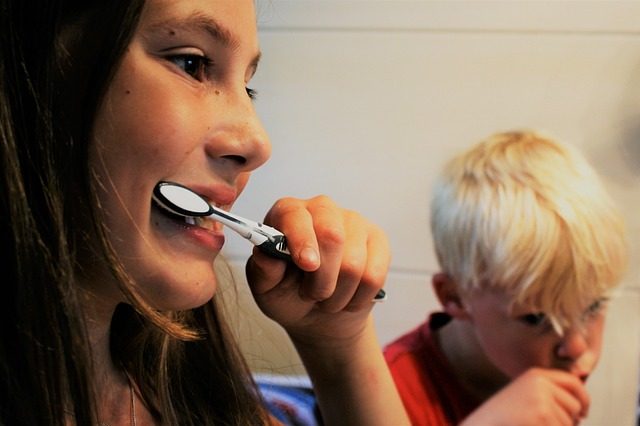
Supporting Every Child’s Voice: Why Culture and Identity Matter in Speech Therapy
Every child has a unique story to tell. That story is shaped by family, culture, language, and daily experiences. In speech therapy, it’s not just about teaching words or sounds, it’s about making sure children can express themselves in a way that feels true to who they are. For many families, English isn’t the only language spoken at home. Some children may grow up switching between two or more languages every day. Others may use a dialect, that has its own rich set of rules. These ways of speaking are not “wrong”, but instead they’re part of a child’s identity. In fact, when a child is experiencing a speech or language delay, one of the most common myths families hear










